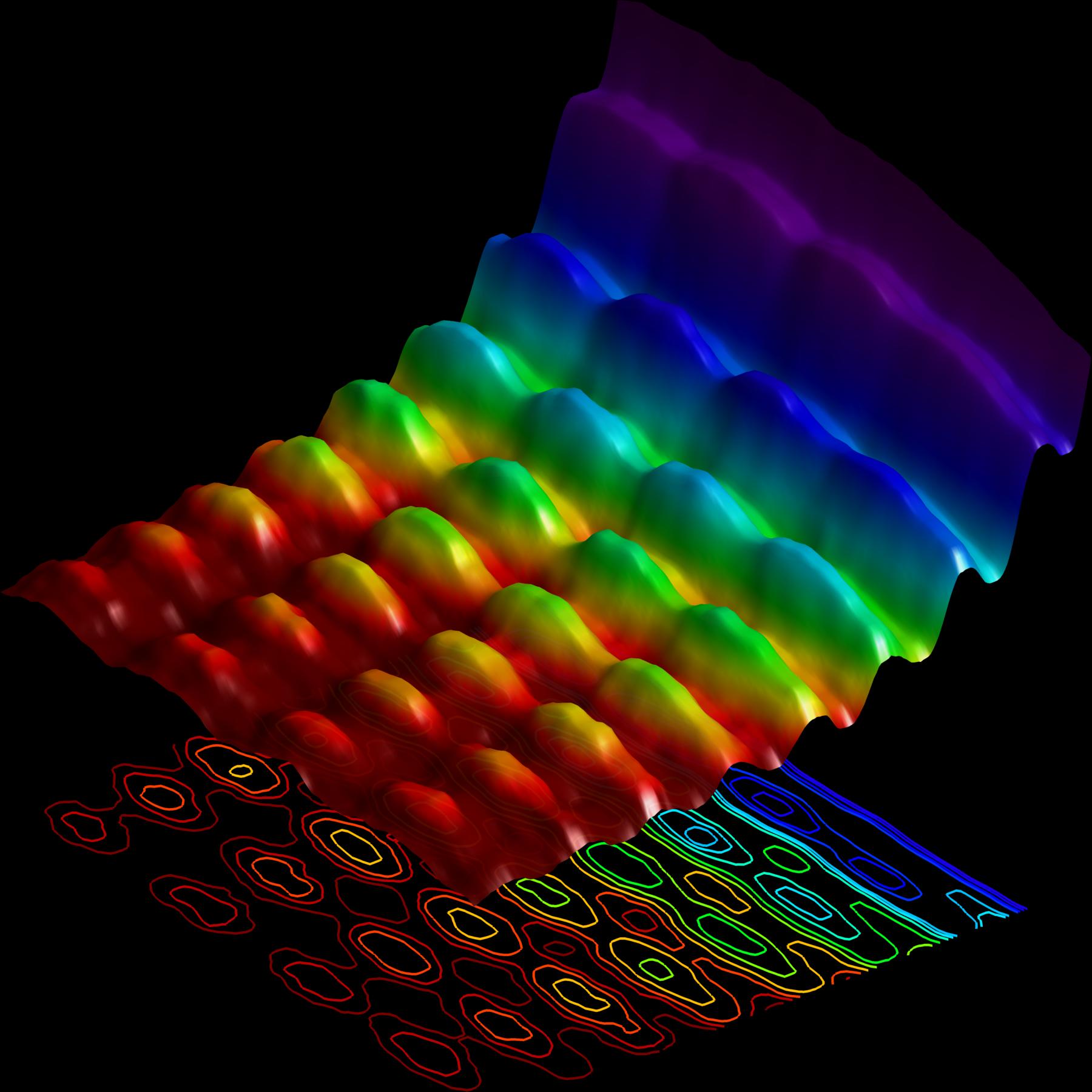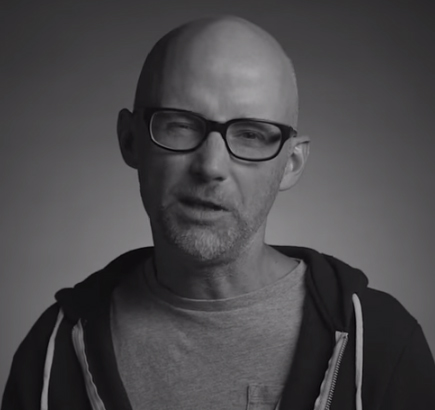
An Exploration of Light
My first memory, seeing my newborn baby sister through the glass of the hospital nursery’s viewing window, is colored. Not by any emotional trauma, but by artificial fluorescent lighting. I can still remember the yellowish hue and the faint buzzing sound of the lights.
From that point, I have been fascinated by light.
My family owned and operated a small lighting showroom, where I spent the vast majority of my time playing, exploring, and eventually working. During my youth and in the fourteen years since the closure of the family business, I have spent time writing, recording, and performing music, studying psychology and philosophy, and now working as an architect. Through it all, my fascination with light has endured.
“Light, an Exploration” will be a multi-part blog series emerging from the interrelation of my passions and light in its totality. The first installment will explore light through both philosophical and scientific lenses while future installments will explore light’s relation to the human condition and the role lighting design plays in sculpting the built environment.

James Turrell’s iconic installation Afrum I appears as an ethereal cube of light. Is it a portal, delicately carved out of the corner of a room, revealing a glimpse into a light soaked other-world? Or is it a shadowless, pure form of cubic light, free-floating in space, magically defying all human experience? Light, both familiar and elusive, has fascinated philosophers from Plato to Heidegger, scientists from Huygens to Flynn, artists from Theophilus to Eliasson, and architects from Apollodorus of Damascus to Ando.

But what is light? The scientific answer is complicated because light exhibits properties of both particles and waves. A particle is often understood as any amount of matter. Typically, we regard matter as something tangible–but is a photon, the particle of light, something that can be grasped? Light has no mass, yet photons are particle-like in that they can be measured and located, just like other particles. Light can also be understood as a wave because photons can refract and transfer energy through space, just as other waves do. Light is an electromagnetic wave, which means it does not require a medium to travel or propagate.
We often consider the vacuum of space to be empty, but in actuality: “Space is not empty. It is full, a plenum as opposed to a vacuum” (David Bohm). Space is filled with light, electromagnetic waves abound. Light from our sun, from Alpha Centauri, from galaxies far, far away blend, mix, and interact to deliver the light we see here on earth. Amazingly, all of those electromagnetic waves aren’t alone in outer space; scientists recently discovered gravitational waves continuously rippling through space-time. Bohm went on to say that “[space] is the ground for the existence of everything, including ourselves. The universe is not separate from this cosmic sea of energy.”

The fact that we are completely and totally surrounded by these waves brings significant weight to bear on the following words:
If particles are appearances and waves are the primary reality, is it possible that we are one with light?…that we are light? Is this why light has fascinated humanity since the beginning of written history? Is this natural affinity for light a sign of our “primal unity” with it?
In our next exploration, we will look at the interaction of light and the human condition. Stay tuned.